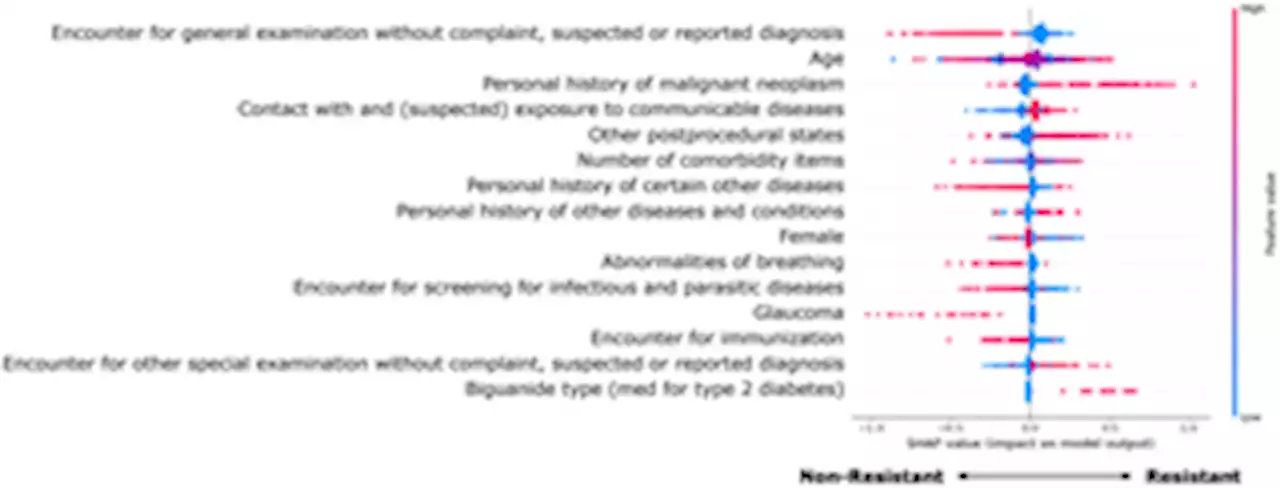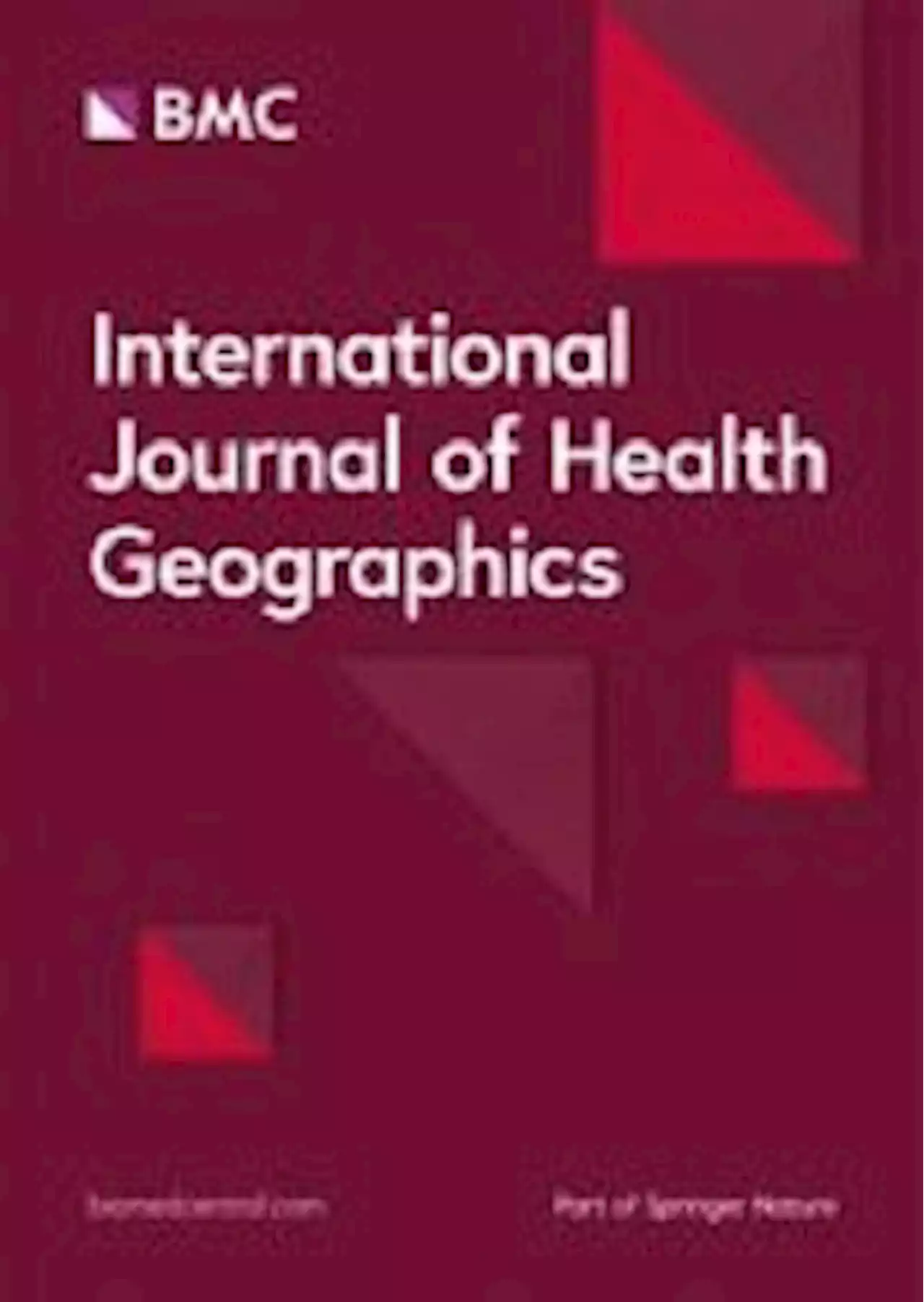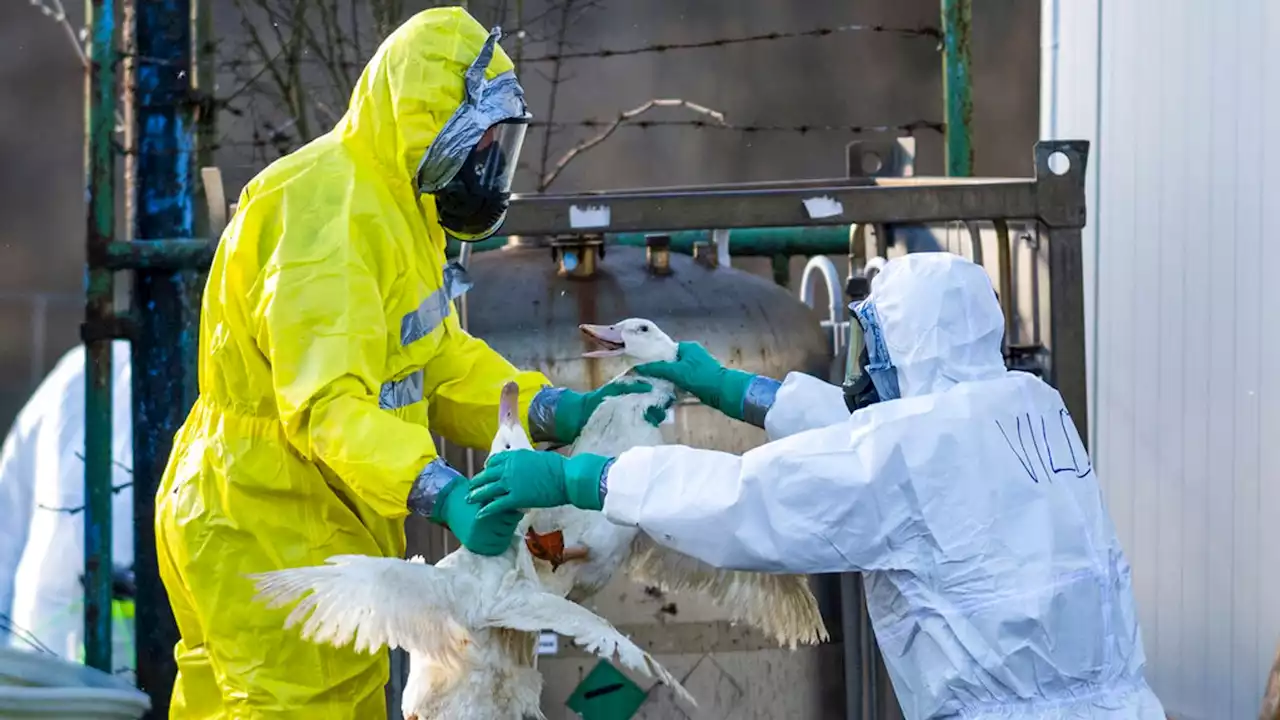The plans to boost the UK's preparedness for a bird flu pandemic come after an 11-year-old girl died from the virus in Cambodia. The WHO warns that even if the world is more prepared than for COVID, 'we are not yet prepared enough'.
It comes after an
The UKHSA is modelling what happens if that changes, looking at two scenarios: a mild scenario where the infection-fatality rate is similar to COVID, at about 0.25%, and a more severe scenario similar to the 1918 flu pandemic, where about 2.5% of people who caught the virus died. In light of the modelling, the UKHSA is looking at how it could detect outbreaks in humans, including using COVID-style lateral flow tests.
United States Latest News, United States Headlines
Similar News:You can also read news stories similar to this one that we have collected from other news sources.
 UK public health officials consider introducing lateral flow tests to detect bird flu in peoplePublic health officials are considering introducing lateral flow tests to detect avian flu in people in the UK after an unprecedented spread of the virus in birds worldwide in the past 18 months
UK public health officials consider introducing lateral flow tests to detect bird flu in peoplePublic health officials are considering introducing lateral flow tests to detect avian flu in people in the UK after an unprecedented spread of the virus in birds worldwide in the past 18 months
Read more »
 Factors associated with resistance to SARS-CoV-2 infection discovered using large-scale medical record data and machine learningThere have been over 621 million cases of COVID-19 worldwide with over 6.5 million deaths. Despite the high secondary attack rate of COVID-19 in shared households, some exposed individuals do not contract the virus. In addition, little is known about whether the occurrence of COVID-19 resistance differs among people by health characteristics as stored in the electronic health records (EHR). In this retrospective analysis, we develop a statistical model to predict COVID-19 resistance in 8,536 individuals with prior COVID-19 exposure using demographics, diagnostic codes, outpatient medication orders, and count of Elixhauser comorbidities in EHR data from the COVID-19 Precision Medicine Platform Registry. Cluster analyses identified 5 patterns of diagnostic codes that distinguished resistant from non-resistant patients in our study population. In addition, our models showed modest performance in predicting COVID-19 resistance (best performing model AUROC=0.61). Monte Carlo simulations conducted indicated that the AUROC results are statistically significant (p | 0.001) for the testing set. We hope to validate the features found to be associated with resistance/non-resistance through more advanced association studies.
Factors associated with resistance to SARS-CoV-2 infection discovered using large-scale medical record data and machine learningThere have been over 621 million cases of COVID-19 worldwide with over 6.5 million deaths. Despite the high secondary attack rate of COVID-19 in shared households, some exposed individuals do not contract the virus. In addition, little is known about whether the occurrence of COVID-19 resistance differs among people by health characteristics as stored in the electronic health records (EHR). In this retrospective analysis, we develop a statistical model to predict COVID-19 resistance in 8,536 individuals with prior COVID-19 exposure using demographics, diagnostic codes, outpatient medication orders, and count of Elixhauser comorbidities in EHR data from the COVID-19 Precision Medicine Platform Registry. Cluster analyses identified 5 patterns of diagnostic codes that distinguished resistant from non-resistant patients in our study population. In addition, our models showed modest performance in predicting COVID-19 resistance (best performing model AUROC=0.61). Monte Carlo simulations conducted indicated that the AUROC results are statistically significant (p | 0.001) for the testing set. We hope to validate the features found to be associated with resistance/non-resistance through more advanced association studies.
Read more »
 Estimating the local spatio‐temporal distribution of malaria from routine health information systems in areas of low health care access and reporting - International Journal of Health GeographicsBackground Reliable surveillance systems are essential for identifying disease outbreaks and allocating resources to ensure universal access to diagnostics and treatment for endemic diseases. Yet, most countries with high disease burdens rely entirely on facility-based passive surveillance systems, which miss the vast majority of cases in rural settings with low access to health care. This is especially true for malaria, for which the World Health Organization estimates that routine surveillance detects only 14% of global cases. The goal of this study was to develop a novel method to obtain accurate estimates of disease spatio-temporal incidence at very local scales from routine passive surveillance, less biased by populations' financial and geographic access to care. Methods We use a geographically explicit dataset with residences of the 73,022 malaria cases confirmed at health centers in the Ifanadiana District in Madagascar from 2014 to 2017. Malaria incidence was adjusted to account for underreporting due to stock-outs of rapid diagnostic tests and variable access to healthcare. A benchmark multiplier was combined with a health care utilization index obtained from statistical models of non-malaria patients. Variations to the multiplier and several strategies for pooling neighboring communities together were explored to allow for fine-tuning of the final estimates. Separate analyses were carried out for individuals of all ages and for children under five. Cross-validation criteria were developed based on overall incidence, trends in financial and geographical access to health care, and consistency with geographic distribution in a district-representative cohort. The most plausible sets of estimates were then identified based on these criteria. Results Passive surveillance was estimated to have missed about 4 in every 5 malaria cases among all individuals and 2 out of every 3 cases among children under five. Adjusted malaria estimates were less biased by differenc
Estimating the local spatio‐temporal distribution of malaria from routine health information systems in areas of low health care access and reporting - International Journal of Health GeographicsBackground Reliable surveillance systems are essential for identifying disease outbreaks and allocating resources to ensure universal access to diagnostics and treatment for endemic diseases. Yet, most countries with high disease burdens rely entirely on facility-based passive surveillance systems, which miss the vast majority of cases in rural settings with low access to health care. This is especially true for malaria, for which the World Health Organization estimates that routine surveillance detects only 14% of global cases. The goal of this study was to develop a novel method to obtain accurate estimates of disease spatio-temporal incidence at very local scales from routine passive surveillance, less biased by populations' financial and geographic access to care. Methods We use a geographically explicit dataset with residences of the 73,022 malaria cases confirmed at health centers in the Ifanadiana District in Madagascar from 2014 to 2017. Malaria incidence was adjusted to account for underreporting due to stock-outs of rapid diagnostic tests and variable access to healthcare. A benchmark multiplier was combined with a health care utilization index obtained from statistical models of non-malaria patients. Variations to the multiplier and several strategies for pooling neighboring communities together were explored to allow for fine-tuning of the final estimates. Separate analyses were carried out for individuals of all ages and for children under five. Cross-validation criteria were developed based on overall incidence, trends in financial and geographical access to health care, and consistency with geographic distribution in a district-representative cohort. The most plausible sets of estimates were then identified based on these criteria. Results Passive surveillance was estimated to have missed about 4 in every 5 malaria cases among all individuals and 2 out of every 3 cases among children under five. Adjusted malaria estimates were less biased by differenc
Read more »
 Neighbours love living near the city and countryside at new siteA brand new Aldi and a Bird’ Bakery have opened on the site
Neighbours love living near the city and countryside at new siteA brand new Aldi and a Bird’ Bakery have opened on the site
Read more »
